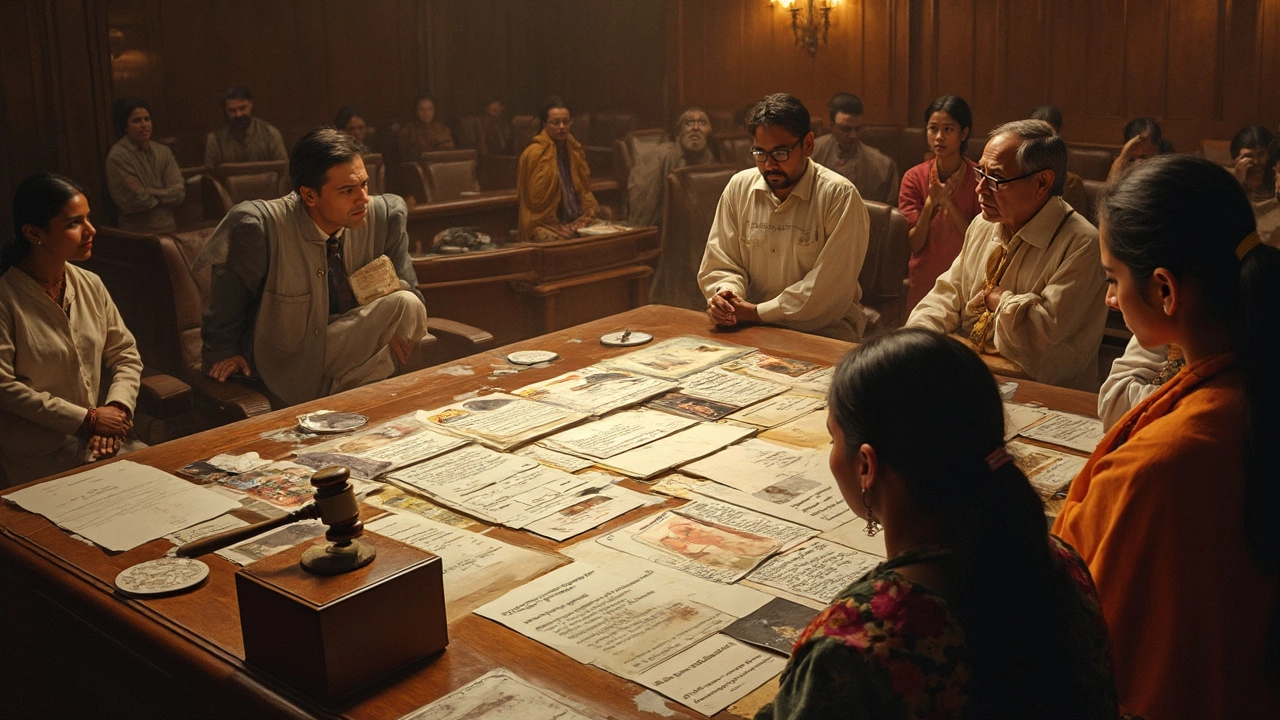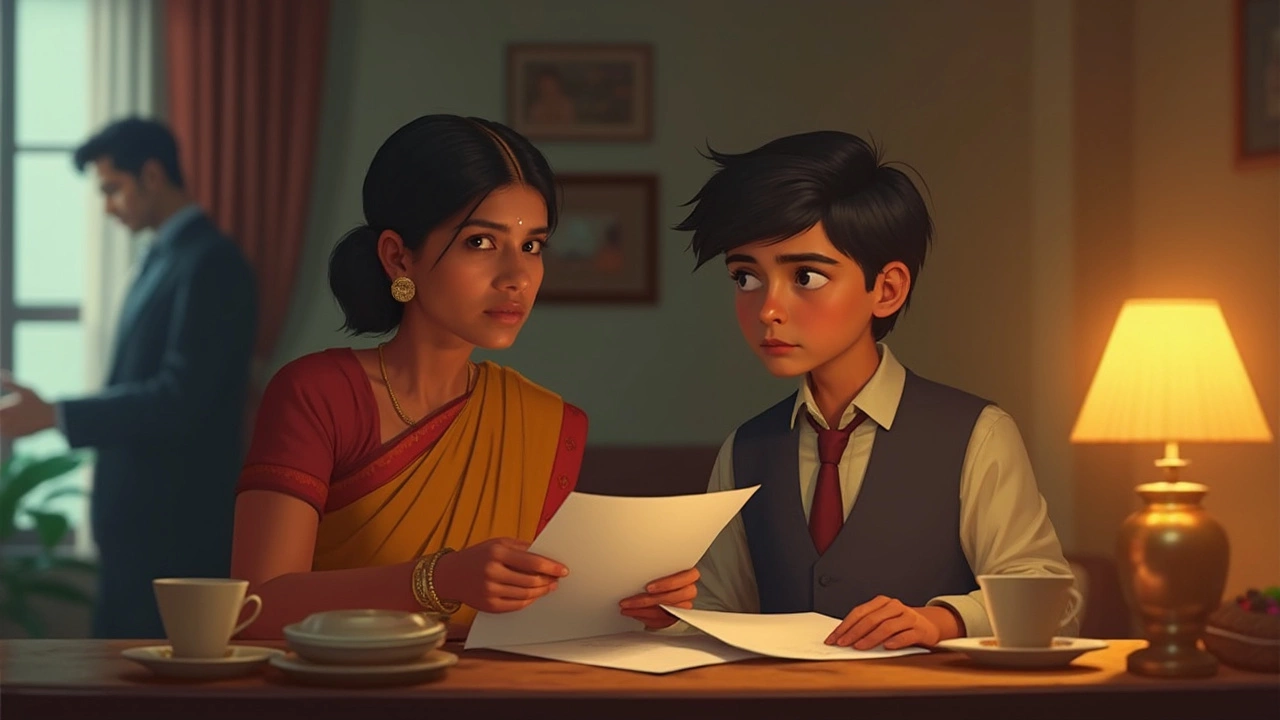Legal Proof: What It Is and How to Use It in Court
When you hear the phrase “legal proof,” you probably think of lawyers waving documents around. In reality, proof is just the set of facts and evidence that convince a judge or jury that your story is true. It’s the backbone of any case—civil or criminal. If you understand how proof works, you’ll know what you need to bring to the courtroom and how to avoid common pitfalls.
The Two Main Burdens of Proof
First, there’s the burden of proof. In criminal cases, the state must prove guilt "beyond a reasonable doubt." That’s a high bar because a person's liberty is at stake. In civil cases, the standard is "preponderance of the evidence," meaning your claim just has to be more likely true than not. Some civil matters, like discrimination claims, use the stricter "clear and convincing" standard. Knowing which standard applies tells you how strong your evidence must be.
Types of Evidence That Build Legal Proof
Evidence comes in many flavors. Documentary evidence includes contracts, emails, invoices, and official records. Physical evidence covers objects like a broken piece of machinery or a weapon. Testimonial evidence is what witnesses say, either in person or via a written affidavit. Finally, digital evidence—texts, social media posts, GPS logs—has become a staple in modern cases. Each type has its own rules about admissibility, so you’ll want to check if anything can be excluded before you rely on it.
Tip: Keep original copies whenever possible. Courts love originals and often reject photocopies unless you explain why the original isn’t available.
Another practical tip: organize your proof chronologically. A timeline helps the judge see the flow of events and makes it easier to connect each piece of evidence to a specific point in your story.
If you’re dealing with a civil case, think about the "elements" of your claim. For a breach of contract, you need proof of a valid contract, evidence the other side didn’t perform, and proof of damages you suffered. Match each element with at least one piece of evidence, and you’ll have a solid foundation.
In criminal defense, the goal is often to create reasonable doubt. That can mean showing contradictory witness statements, presenting alibi evidence, or highlighting procedural mistakes in how the police gathered evidence. Even a single weak link can tip the scales.
Don’t forget the importance of "authentication." The court must be convinced that a piece of evidence is genuine. For digital files, this might mean preserving metadata or getting a forensic expert to verify the file hasn’t been tampered with.
Finally, remember that proof isn’t just about quantity; quality matters more. A single, clear video showing an accident can outweigh dozens of vague statements. Focus on the most compelling evidence that directly supports your key points.
Whether you’re filing a consumer complaint, suing for unpaid salary, or defending against a criminal charge, mastering legal proof gives you a clear road map. Identify the burden of proof, gather the right type of evidence, keep it organized, and make sure it’s admissible. Follow these steps, and you’ll boost your chances of success without needing a law degree.

Punitive Damages: What Evidence Really Gets Results in Personal Injury Cases
This article breaks down the specific evidence you need to win punitive damages in a personal injury case. It explains the difference between regular and punitive damages, what courts look for, and how proof of reckless or intentional actions can make or break your case. You'll also get tips on collecting the right documents, using witness stories, and handling the legal process. If you're considering asking for punitive damages, this is the must-read, plain-English guide to what actually works.

How Do You Prove a Conflict of Interest in Family Law?
Trying to prove a conflict of interest in family law can feel like finding a needle in a haystack. This article breaks down what counts as a conflict, how you spot it, and the steps to gather solid proof. You'll also get pointers on what to do next. If you're facing a divorce or custody fight and suspect your lawyer—or the other side’s—is too close for comfort, this piece will keep you a step ahead.